The Guppy is a small species of fish in the Poeciliidae family. People keep quite a few members of this family as aquarium fish, including the molly, swordtail, platy, and more.
This species naturally lives in northern South America. However, people have introduced it outside of its native range across various regions of the globe. Read on to learn about the Guppy.
Description of the Guppy
In the wild, this fish does not bear the same flashy colors as their home-aquarium counterparts. Wild individuals have dull grey scales, though males bear spots, stripes, or other splashes of coloration. The various aquariums breeds sport numerous bright colors and fanciful fin shapes.
These fish do not reach large sizes, and most individuals measure between 0.5 and 2.5 in. long. Females grow slightly larger than males do.
Interesting Facts About the Guppy
This popular aquarium fish displays a number of interesting traits and characteristics. Learn more about what makes these fish so unique, below.
- Breeder’s Choice – In wild populations, even the more colorful males do not reach the same splendor as their aquarium counterparts. In aquariums, humans have used selective breeding to choose the brightest colors and the most interestingly shaped fins.
- Color Variety – With captive-bred individuals, you can find a variety of colors, including red, blue, black, yellow, white, orange, and everything in between. They also have long, frilly fins, exceptionally large tail fins, and more.
- Smart Production – When food sources are scarce, this species reduces its reproductive rate. By reducing reproduction at these times, the fish conserve energy to breed when conditions are favorable and young have a higher likelihood of survival.
- Schools – Though these fish are social and live in schools, the size of the school varies based on the population. In populations with more predators around, these fish school in larger numbers.
Habitat of the Guppy
These fish prefer freshwater habitats. However, they can also survive in brackish ecosystems as well. Because of their small size, they generally avoid fast-moving water or excessively deep areas. Some common preferred habitats include streams, ponds, small pools of water, and more.
In home aquariums, these fish thrive in tanks with 5 – 10 gallons of water or more. You should keep their water temperature between 75° and 85° F. They also need a filtration system to keep the water clean, and a pH level around 7.
Distribution of the Guppy
In the wild, this fish naturally lives in northern South America, and many in the surrounding Caribbean islands. They occupy just about every freshwater habitat within their range. However, this fish also persists in a number of regions outside of its natural range.
Humans have introduced this species to various places on every continent except Antarctica. You can find them in North America, Europe, Asia, Africa, Australia, and more.
Diet of the Guppy
This species is omnivorous, which means that it eats both plant and animal matter. Because they are so small, microorganisms make up the extent of the carnivorous portion of their diet. Some common food items include algae, insect larvae, plankton, floating detritus, and more.
They forage near the surface of the water by picking up small floating particles of food.
Guppy and Human Interaction
Humans keep these little fish as pets incredibly frequently. Through selective breeding, people have developed a wide variety of colors and fin types.
We have also introduced these fish in various regions outside of their native range. While this is done for the purpose of mosquito control, they actually have little impact on mosquito populations and more negative impact on native ecosystems.
Domestication
Humans have not fully domesticated this species. However, people do selectively breed these fish for certain colors and traits.
Does the Guppy Make a Good Pet
Yes, these fish do make good pets. However, you should never release them into the wild. Invasive populations can impact native ecosystems and cause the naturally occurring wildlife populations to decline.
Guppy Care
People can house these small fish in relatively small tanks. However, you do need to provide them with proper filtration, pH, and water temperature to keep them happy and healthy. You can keep a small school in a 5 or 10 gallon tank. They also do well on commercially prepared fish food.
Behavior of the Guppy
This species is social, and animals in both the wild and home aquariums prefer living in schools. Wild populations with higher numbers of predators live in larger schools.
The schools spend their days foraging in shallow waters near the surface for floating bits of food or invertebrates. They do not develop territories when breeding season arrives.
Reproduction of the Guppy
Females of this species produce live young rather than eggs. Both males and females mate with multiple partners. After a gestation period about a month long, the female gives birth to live offspring known as fry.
The number of offspring produced varies based on the age and the size of the fish. Larger fish produce more fry, but each has a slightly smaller body size. At birth the young receive no parental care and forage independently.


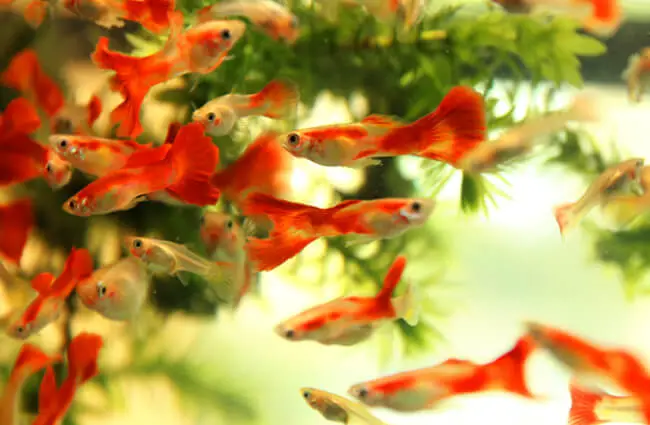
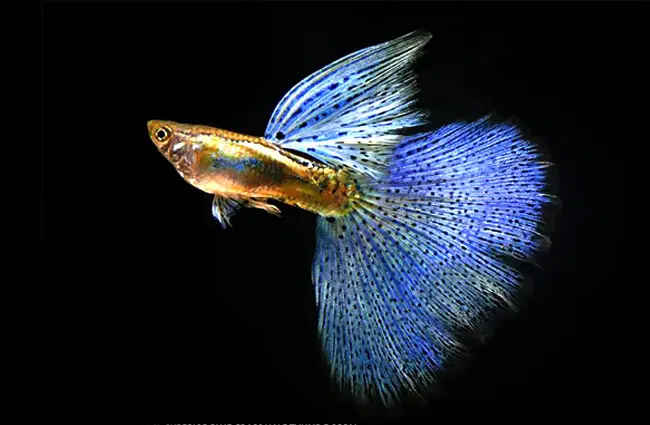
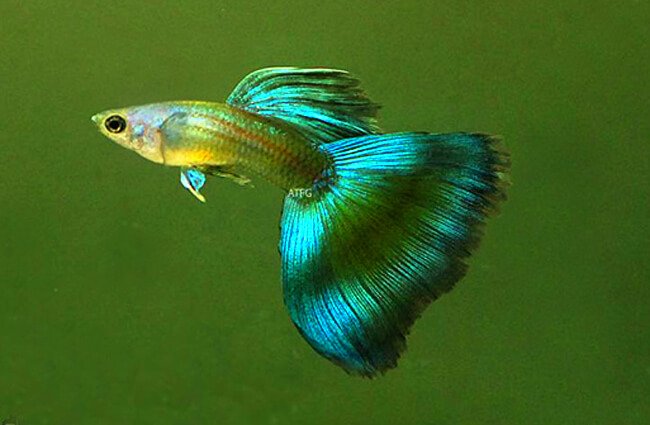
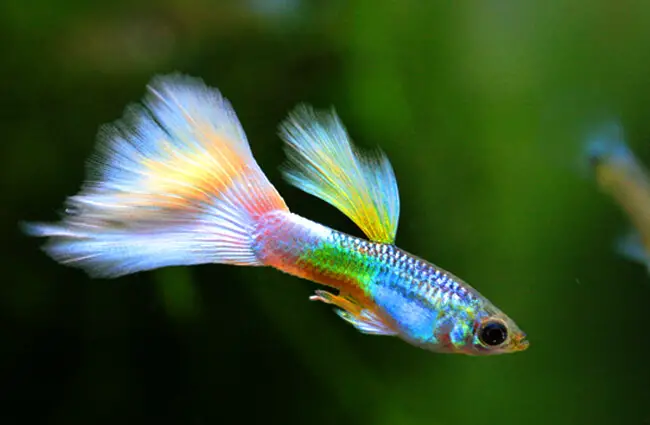
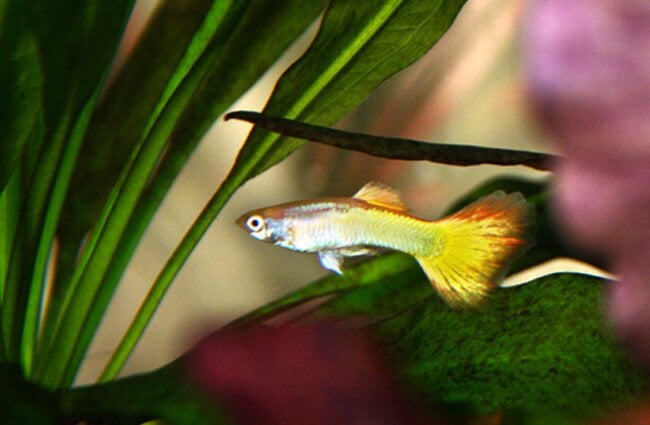
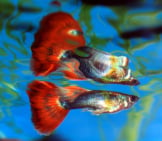

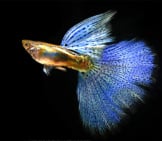

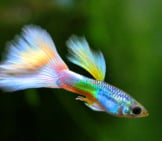
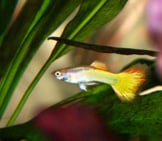
![Red Angus Closeup of a beautiful Red Angus cowPhoto by: U.S. Department of Agriculture [pubic domain]https://creativecommons.org/licenses/by/2.0/](https://animals.net/wp-content/uploads/2020/03/Red-Angus-4-238x178.jpg)

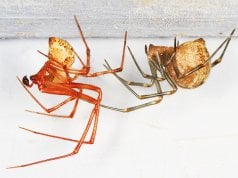










![Red Angus Closeup of a beautiful Red Angus cowPhoto by: U.S. Department of Agriculture [pubic domain]https://creativecommons.org/licenses/by/2.0/](https://animals.net/wp-content/uploads/2020/03/Red-Angus-4-100x75.jpg)

